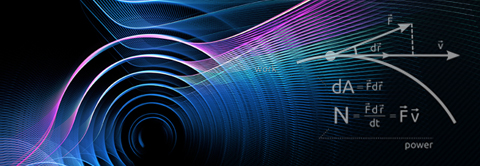Low Dimensional Active Plasmonics and Electron Optics in Graphene
2016.11.09 16:18
| 날짜 | 2016-11-10 16:00 |
|---|---|
| 연사 | |
| 장소 | E6-2. #1323(1st fl.) |
Low Dimensional Active Plasmonics and Electron Optics in Graphene
Nov. 10th(Thu) 4 p.m., E6-2. #1323(1st fl.)
Prof. Min Seok Jang, Electrical Engineering, KAIST
The field of plasmonics has been attracting wide interest because it has provided routes to guide and localize light at nanoscales by utilizing metals as its major building block. Meanwhile, graphene, a two-dimensional lattice of carbon atoms, has been regarded as a candidate material for future electronic applications owing to its remarkably high carrier mobility and superior thermal properties. Both research fields have been growing rapidly, but quite independently. However, a closer look reveals that there are actually numerous similarities between them, and it is possible to extract useful applications from these analogies. Even more interestingly, these research fields are recently overlapping to create a new field of research, namely graphene plasmonics, which offers a unique platform to dynamically modulate light with unprecedented spatial and temporal resolutions.
In this talk, I will present a few examples of these intertwined topics. First, I will introduce “rainbow trapping” structures, broadband plasmonic slow light systems composed of single or double negative materials, and clarify the mode-conversion mechanism and the light-trapping performance by analyzing the dispersion relation. I will then show that electrons in graphene exhibit photon-like dynamics and how this analogy between photonics and electronics can inspire to solve an interesting problem of electron backscattering in graphene field effect transistors. Finally, I will present how the surface plasmons in graphene can be harnessed to create infrared metasurfaces that have tunable optical properties including extreme light-matter interaction and macroscopic modulation of light absorption and thermal emission.
Contact: Contact: Min-kyo Seo, Physics Dept. (T.2517)







